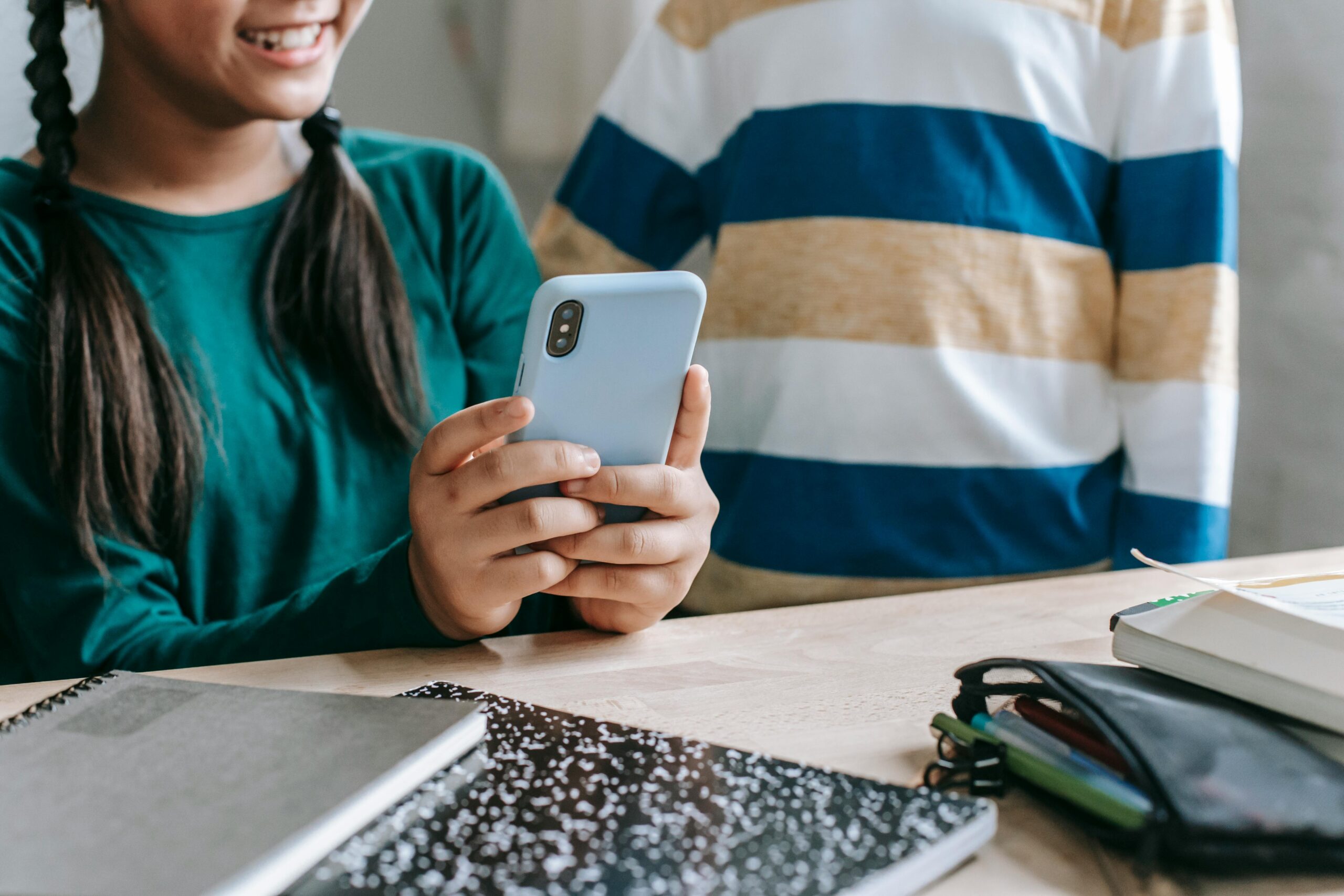Brantford has been identified as the fifth most vulnerable city in Canada to U.S. tariffs, with a 27.8% exposure rating, according to new research from the Canadian Chamber of Commerce’s Business Data Lab.
The study, released wednesday, ranks Canadian cities based on their dependence on U.S. trade and the impact of potential tariffs on local economies.
Saint John, New Brunswick, Calgary, Alberta, and Windsor, Ontario, topped the list, while Brantford placed just behind Hamilton, Ontario—Canada’s largest steel producer. The findings highlight the significant risks faced by cities with strong industrial, manufacturing, and export sectors, particularly in Southwestern Ontario.
“The looming tariff threat is still very real: we have to remain vigilant and brace for impact,” said Candace Laing, President and CEO of the Canadian Chamber of Commerce. “Already we’ve heard from members across Canada how the threat of tariffs is disrupting local businesses and economies. This new data further emphasizes that this is not a game we want to play when so many livelihoods depend on a stable relationship with the U.S.”
The Business Data Lab’s U.S. Tariff Exposure Index assesses the vulnerability of 41 major Canadian cities based on export intensity and reliance on the U.S. as a primary trade destination. The data indicates that 49% of all Canadian exports go to the U.S., with key industries at risk including steel, aluminum, automotive manufacturing, and energy production.
“With this analysis, Canadians, businesses, and policymakers have more evidence to inform ongoing discussions about how Canada can best respond to the monumental challenge brought by unnecessary and unjustified U.S. tariffs,” said Stephen Tapp, Chief Economist at the Canadian Chamber of Commerce.
Brantford’s economy, which includes a strong manufacturing base, has been closely tied to cross-border trade. Key exports from the region include auto parts, fabricated metals, and machinery. Any imposition of tariffs could have far-reaching consequences, affecting local businesses, workers, and supply chains. The ranking highlights the urgent need for strategic economic planning to mitigate potential disruptions.

In response to the impending tariffs, Brantford Mayor Kevin Davis is invoking his authority under Ontario’s Strong Mayors Act to protect the city’s economic interests. Davis has directed city staff to explore amendments to Brantford’s procurement bylaw, prioritizing Canadian-made goods and services in municipal purchasing decisions. Additionally, the mayor is forming a Trade and Procurement Working Group to assess risks, develop strategic solutions, and collaborate with local businesses to mitigate potential economic fallout.
“Protecting local jobs and businesses must be our top priority,” Mayor Davis stated. “Over the coming weeks, I will work closely with our business community and city staff to develop strategic solutions while also advocating to other levels of government.”
Davis emphasized the importance of timely and coordinated government action, urging residents to prioritize Canadian-made products. “Every purchasing decision matters now more than ever,” he said, stressing that the city’s response must align with trade agreements and procurement regulations to ensure compliance.
Under the direction of the Chief Administrative Officer (CAO), a cross-departmental working group will be established to evaluate and propose municipal responses. The group will focus on reviewing procurement contracts to determine where Canadian suppliers can be prioritized, consulting local businesses to assess the expected financial impact of tariffs, exploring municipal support measures for affected businesses, and coordinating advocacy efforts with provincial and federal governments.
Councillor Rose Sicoli, who has been leading efforts to update the city’s procurement policies, will be closely involved. Business stakeholders, including the Brantford Chamber of Commerce, will provide input to ensure the recommendations align with local economic realities.
Key actions under consideration by the Working Group include restricting contract renewals and new contracts to Canadian-based companies where legally permissible, pausing procurement processes to reassess vendor relationships and explore Canadian alternatives, prioritizing Canadian suppliers for all new municipal purchases, limiting non-essential city-funded travel to the United States (except for advocacy efforts related to tariff removal), and identifying funding sources for any financial impacts of the proposed measures.
The Working Group’s findings and recommendations will be presented at a Special Council Meeting on March 4, 2025, where further municipal action will be determined.
Brantford’s Canada First approach reflects a growing municipal trend across Ontario as cities respond to economic uncertainty caused by international trade disputes. While the final scope of U.S. tariffs remains unclear, Mayor Davis’s swift response signals a proactive effort to safeguard local industry and reinforce Brantford’s economic resilience.
The city will continue engaging with local businesses, monitoring trade developments, and advocating at all levels of government to mitigate negative economic impacts.



































Why would the largest city in Canada, Toronto, not be on this list being it is the biggest user of commodities. What are they doing differently in their fiscal design?